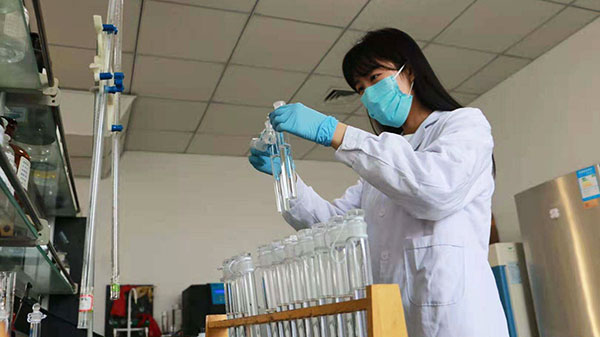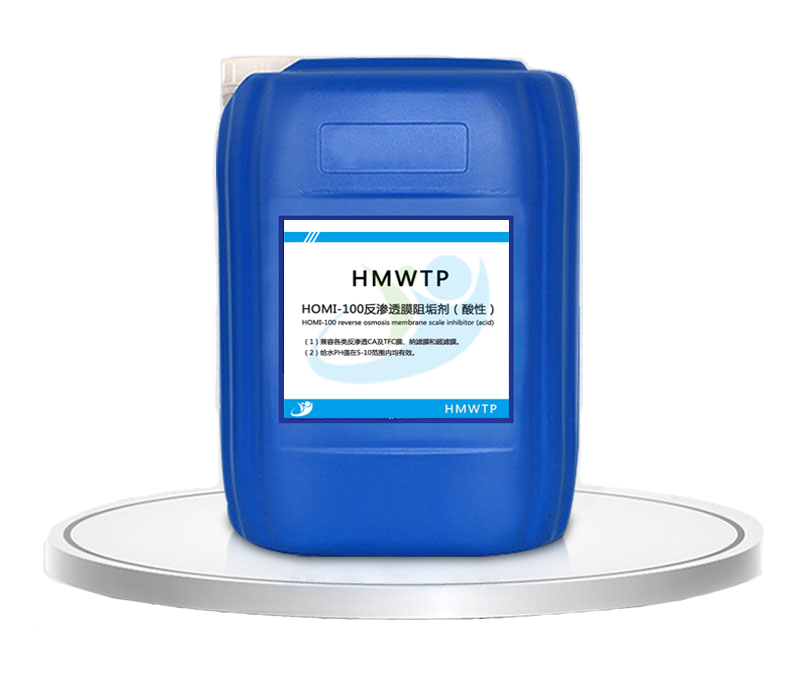What is the ratio of scale inhibitor to water
In general, the ratio of scale inhibitor to water is 1:9, but it is specifically related to the type of scale inhibitor (reverse osmosis scale inhibitor, corrosion scale inhibitor, reverse osmosis membrane scale inhibitor) and other factors. Now, take the use of reverse osmosis scale inhibitor (non-toxic alkaline reverse osmosis scale inhibitor) as an example to explain in detail how much scale inhibitor is added to a ton of water (i.e. reverse osmosis scale inhibitor ratio):
When using reverse osmosis scale inhibitor, it must be calculated and determined according to the full analysis report of water quality and the conditions of reverse osmosis system. Within the recommended dosage range, most of the following types of scaling can be controlled: calcium carbonate, calcium sulfate, barium sulfate, strontium sulfate, iron hydroxide, aluminum hydroxide and silicon.
- Clean the dosing box for the first dosing
During cleaning, close the blowdown valve at the bottom of the dosing tank, open the blowdown valve after water injection and cleaning to drain the water, and start dosing after cleaning twice.
- Adjust dosing stroke of metering pump
Turn the stroke adjustment knob of the metering pump counterclockwise to the corresponding scale.
- Dispensing
Check and close the blowdown valve at the bottom of the dosing tank, and calculate the amount of scale inhibitor according to the effective volume in the dosing tank and the actual working output of the metering pump. Add chemicals from the dosing port of the dosing tank, open the water inlet valve to dilute to the maximum liquid level scale, and close the water make-up valve.
- Turn on the mixing motor of dosing tank, and stop the motor after mixing the agent evenly.
- Open the inlet and outlet valves of the metering pump, open the metering pump switch, and add the reagent in front of the security filter. After ro stops, shut down the metering pump.
- Regularly inspect the dosing system for leakage, and solve the leakage in time. Check whether the dosing amount of the metering pump is accurate, whether the liquid level drop of the dosing tank is consistent with the calculated dosing amount of the metering pump, and if not, calculate and adjust in time.
- Record and check whether the total water inflow and dosage match each month.
- Pay attention not to exceed the maximum liquid level when replenishing water in the dosing tank.
- When the dosing tank is set with low liquid level alarm, if the central control PLC is set to low liquid level alarm, stop the dosing pump and switch to the standby dosing tank and metering pump for dosing. When ptp-0100 solution is configured for the second time, the volume of dosing tank shall be calculated based on the actual volume. If the diameter of dosing box is 1m, the actual volume is:
V=S×h=ЛR2h=3.14×0.5×0.5×h=0.785h(升)


